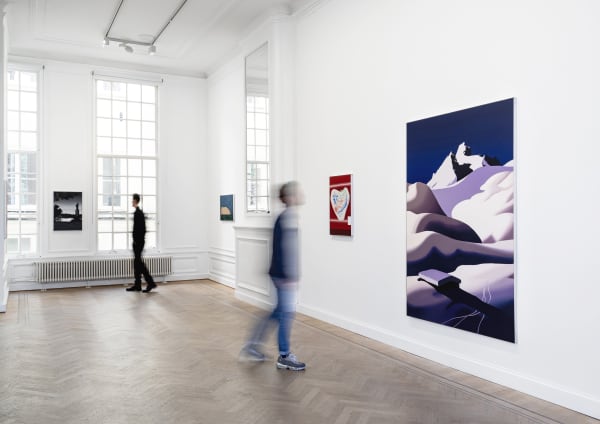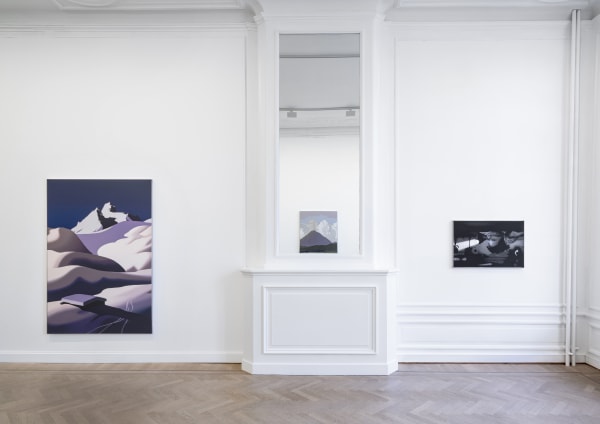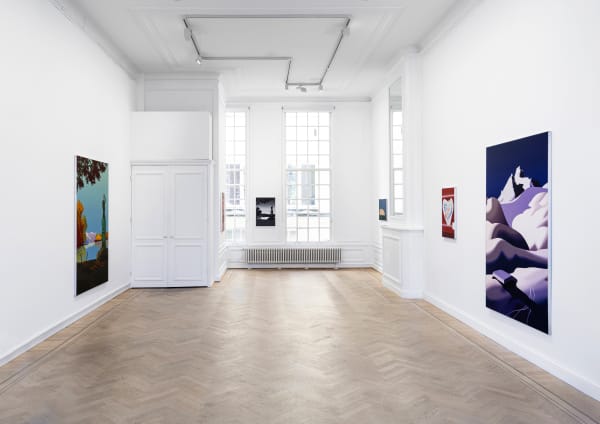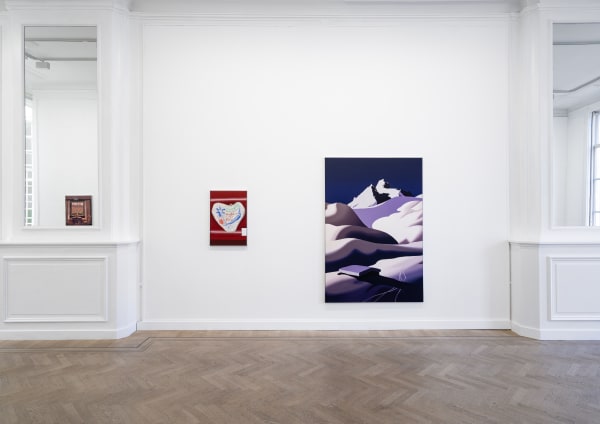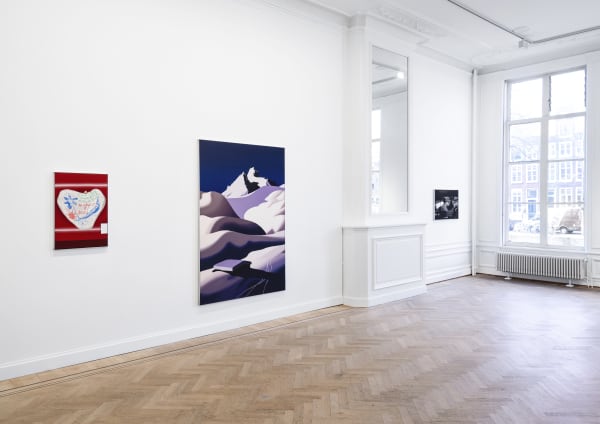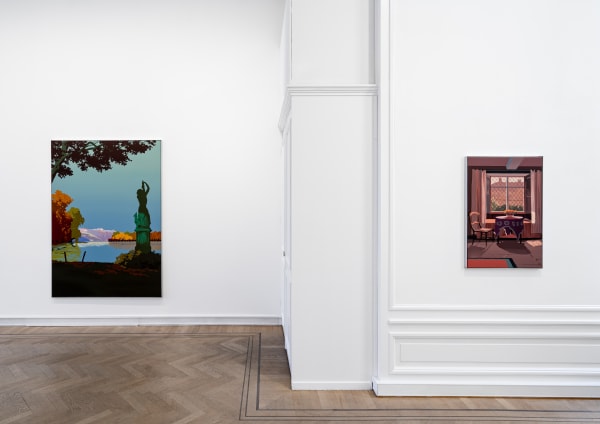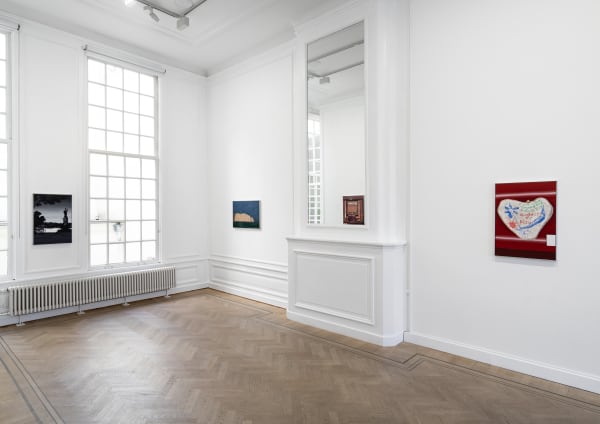Alex Dordoy: Monster
GRIMM is pleased to present Monster, an exhibition of new works by Alex Dordoy at its Amsterdam gallery opening on March 11, 2022.
Alex Dordoy’s latest body of work continues the artist’s exploration of representational languages and the sublime dichotomies of the nostalgic and the contemporary. Often employing found images, such as those in vintage travel posters or stock images, Dordoy’s chosen compositions are digitally manipulated and then meticulously painted to illicit romantic or ominous sensibilities.
Figures are often absent in Dordoy’s paintings, digitally removed from the source imagery so that the environments float in an anonymous, nondescript space, offering an uncanny stillness of time for the viewer to be present in. Scenic terrains with skies of manipulated hues present moments of longing or escape, becoming pathways to connect with the natural world. Repeating images in the exhibition, distinct in their subtle differences of colour, capture movements of light that not only suggest the passing of time but also question the influences that light’s quality – whether harsh or soft, vivid or faint – has on one’s psyche.
Effects of absence and light coalesce in a depiction of the White Cliffs of Dover, based on paintings of the celebrated British painter Norman Wilkinson. Dordoy’s version depicts a vacant seascape, where boats that were once present have been removed to reveal a vulnerable precipice. The only presence signified is by the cast shadows of airborne blimps on the cliffs, suggesting that a threat to the island looms out of sight.
The exhibition takes its title from the artist’s painting of a boy peering underneath his bed, flashlight in hand. A rare figure amongst a constellation of landscapes, the work alludes to a sense of trepidation; feeling trapped, isolated in fear, a monster perhaps hiding in the shadows.
A romantic nostalgia provides a counterbalance to such undertones, as referenced in a British domestic scene soaked in warm light or in the still life of an inscribed ceramic heart by Jean Lurcat. Titled Song of the World, this painting is not based on a found image but instead on a photograph taken by the artist, a personal memento from a trip to the French villa that houses the ceramic.
